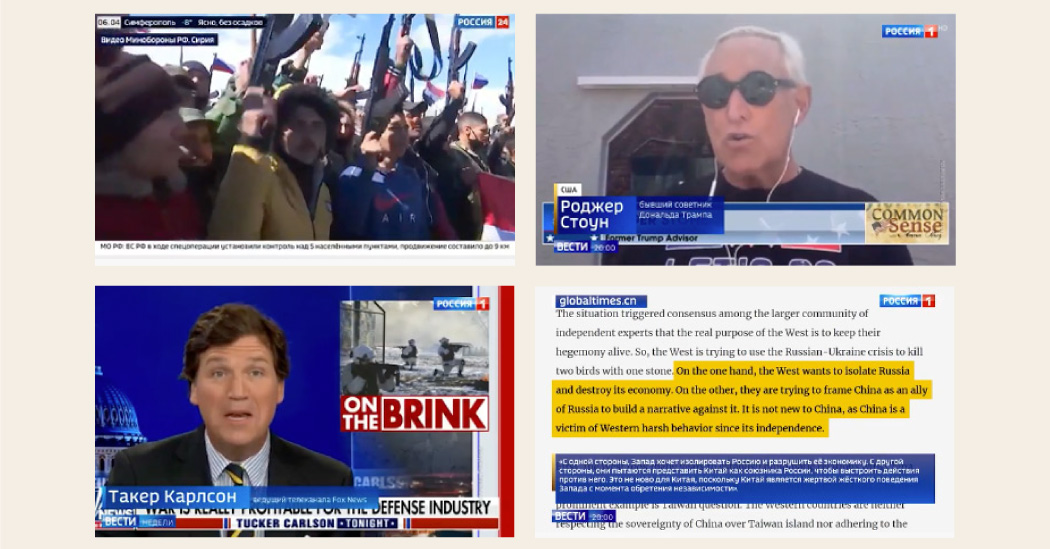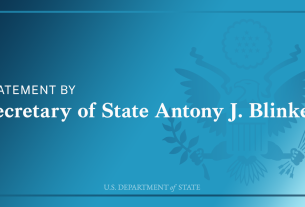|
Getting your Trinity Audio player ready...
|
Collaboration between the Kremlin and state broadcasters dates back more than two decades, said Mr. Gatov, a former Russian journalist and an expert on state propaganda. Each day, the Kremlin provides a list of talking points for broadcasters. The closely guarded document, known as the “temnik,” is delivered to senior officials at V.G.T.R.K. and other organizations, outlining issues the Kremlin wants covered, positively or negatively, along with views to endorse and people to criticize, said Mr. Gatov, who has seen copies.
The Kremlin’s tight control of the media has increased since the invasion of Ukraine, but people’s trust in what they are watching is falling the longer the war goes on and its violent realities become harder to hide, said Vera Tolz, a professor at the University of Manchester who has studied Russian media for the British Parliament and European Union. “There are cracks,” she said.
In the early days of the war, what was not explicitly outlined in Kremlin orders was left to television producers to fill in.
The United States was a frequent target, according to the documents. Each day, emails circulated with long lists of news clips and viral posts that served as a palette to paint a darkening picture of the United States.
In early February, weeks before the invasion of Ukraine, producers flagged a clip of President Biden declining to answer questions about sending troops to Poland, bolstering the idea that America was eager for a fight. A New York Times story about Ukraine’s aggressive information war against Russia was also recast as evidence of the country’s dishonesty. Another, pulled from Britain’s Daily Mail, showed Mr. Biden picking his teeth.
As the war dragged on, producers sought clips about the fallout in the United States. One came from a local news program in northern Alabama about stickers being placed on gas pumps that showed Mr. Biden saying, “I did that.” Another video, showing a U.S. grocery store emptied of food, came from a viral Telegram post. It seemed to inspire a broadcast soon after titled, “Oil shock and empty shelves: Trump’s grim prophecy is coming true.”
In March, Denis Davydov, a V.G.T.R.K. reporter in Washington, flagged a seven-year-old YouTube post, gaining newfound popularity, that claimed that the United States and NATO had fueled Russia’s hostility toward Ukraine.



